The British Museum offers a beautiful interactive timeline for visitors to explore their collection based on era, geographical area or theme. You can move back and forth on the timeline, from 2 million years BCE until 2000 AD. Each node that you click on presents an item that you can further explore by clicking the details. This will call up a larger picture, explanation of the item and related objects. Options for an audio description and where it is from, located on a Google map, are also options.
The British Museum also provides 11 other ways to explore from home, including a virtual tour, searchable online collection, gallery highlights, podcasts and a YouTube channel.
France’s Musée du Louvre is offering a variety of online connections as well. You can choose from one of the many galleries or exhibitions from which to begin a virtual tour, where you can walk around the museum, street-map style and chose to stop in at any of the displays to find out more. They also have a series of videos and online media, not to mention an app that explores Leonardo da Vinci’s work.
On this side of the pond, New York’s Met Museum has numerous online features as well. MetKids has a neat, graphical way of exploring the museum and finding out about its exhibits. For those that would like to delve a bit deeper, Their Art at Home feature allows searching art on a timeline, pairing them with essays and chronologies.
The iconic Great Wall of China has a virtual tour that is absolutely breathtaking, especially if you blow the viewer up to full screen. While put together by a tour guide company, it still is really something to see. Circle One has put together a 360-degree virtual tour as well, created through Tour Creator. You can also find links to virtual tours in other parts of the world as well.
It use to be there is too much to see and not enough time. It usually referred to the time it would take to travel there and enjoy the sight. Due to social distancing and isolation that the pandemic brings, we may as well use this time to travel a bit and marvel at the sites the internet can transport to us.
As always, if you have a fitting resource that you would like to share, please leave it in the comments section below. I will be adding material as time and findings allow.


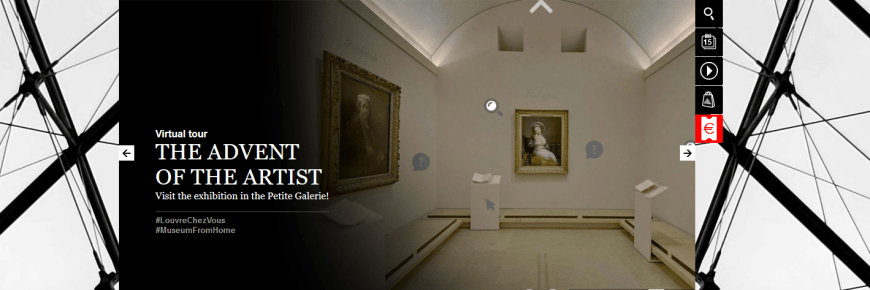
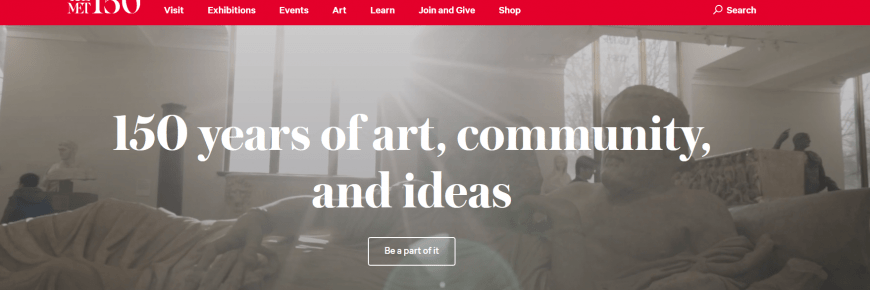

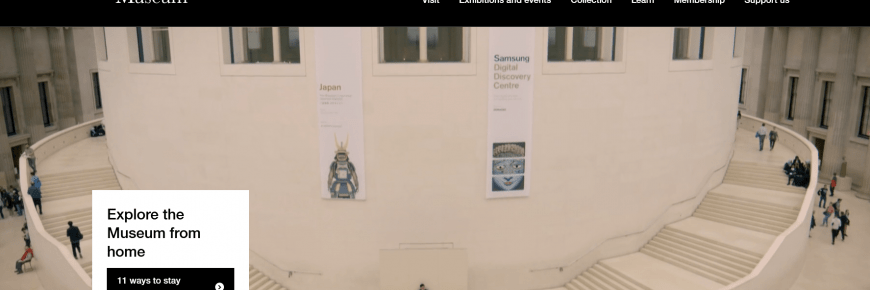

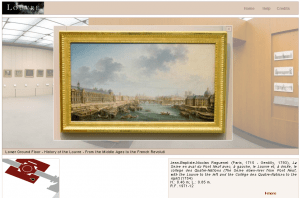
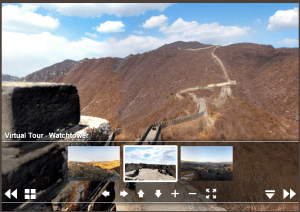



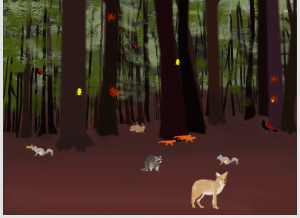











 I finished
I finished